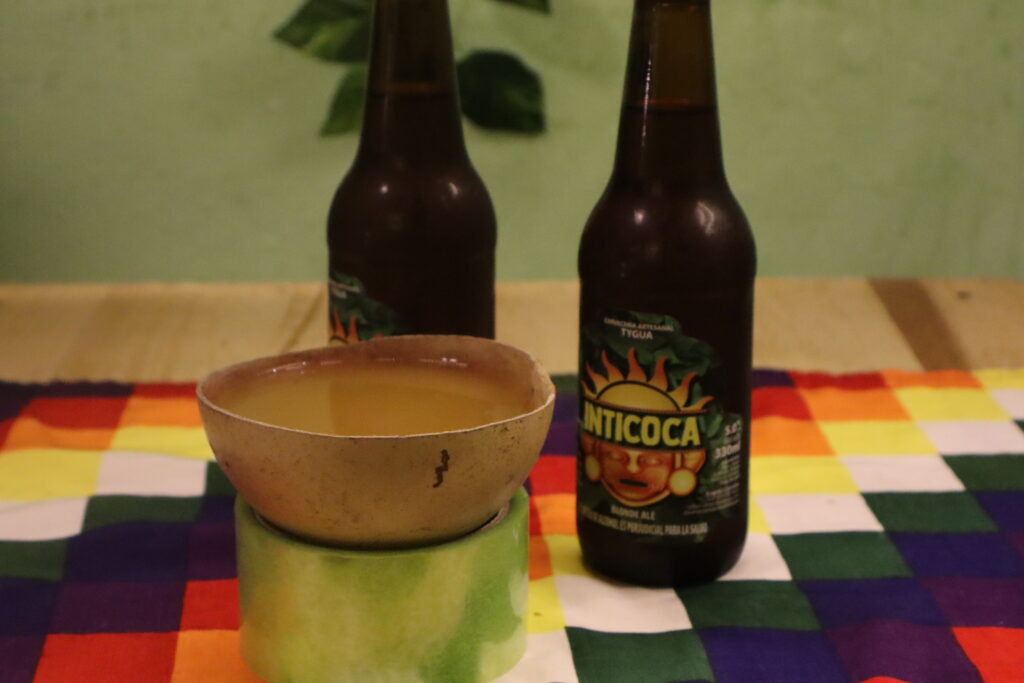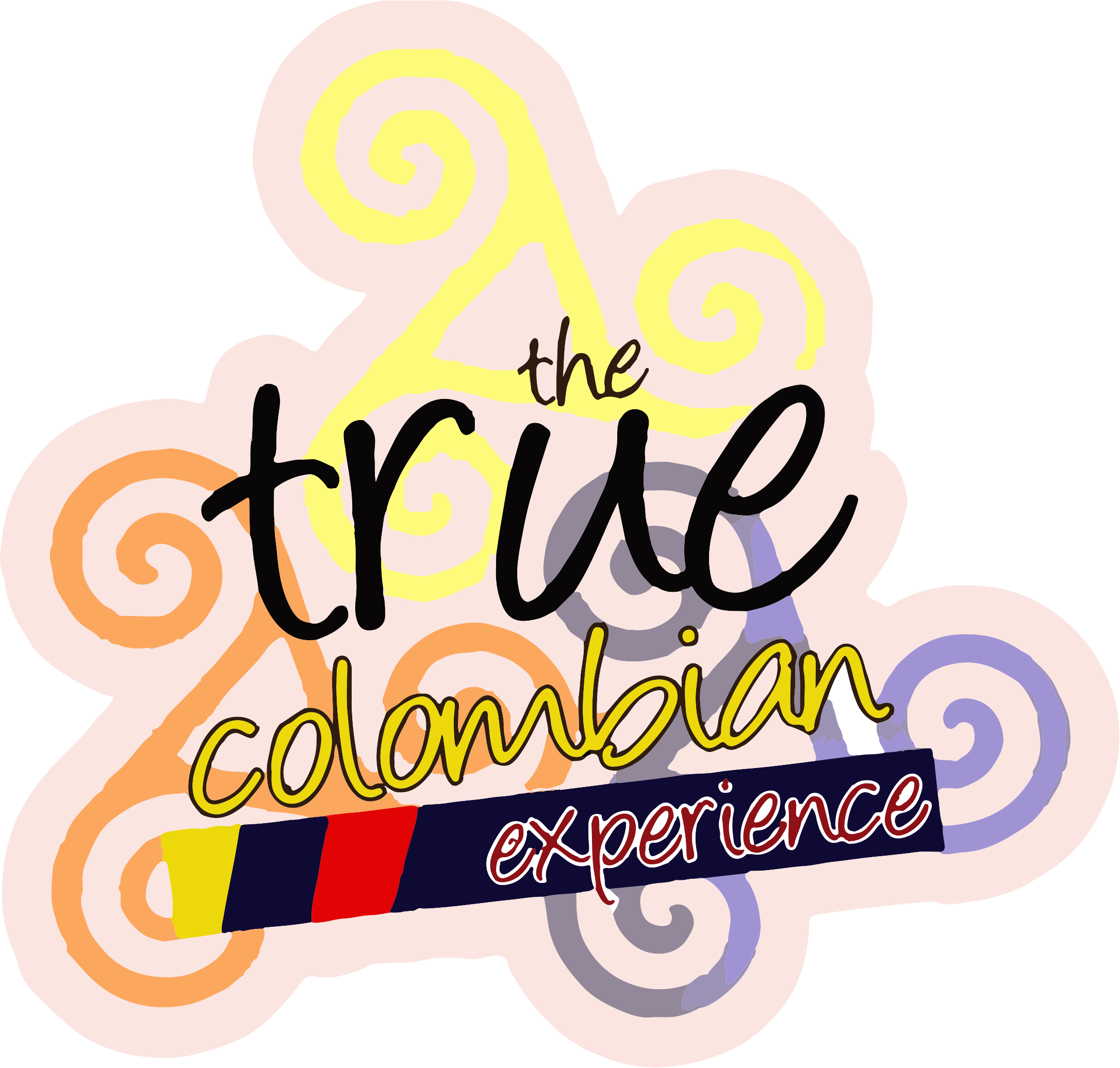After a walking gastronomic tour of the city, what better way to say goodbye to Bogotá than with the beer tour offered at The Cranky Croc Hostel? Five stops to fill up on the best Bogotá beers; or at least that’s what I thought. We arrived at this picturesque place, full of traditional musical instruments, with clay jugs that said masato and chicha. Then the guide showed us that calabash vessel and took out some for us; one by one, he filled them with that yellowish liquid that, from a distance, smelled more like cambucha than beer. Chicha and beer are close cousins, and although experts wouldn’t say they’re the same due to the differences between their ingredients, they both have many similarities. Both are beverages in which plant ingredients are fermented. Today I can tell you that, just as our native Colombian ancestors did thousands of years ago, We’re going to start this beer tour by drinking the same thing they did. Without a doubt, chicha was the first beer drunk in Colombia, or at least the closest thing to it.
Suddenly, we said cheers, and flut music began, filling the place with magic. Each sip of chicha nourished our souls and filled us with Colombian spirit. We set out through the crowded streets, Friday afternoon, the perfect time to discover the bohemian life of the city’s youth. We hiked mountains, I think. For me, a Scandinavian who didn’t use to walk on many steep roads, these were the Bogotá streets. A few more blocks and we arrived. The sign at the entrance to that place was very amusing, our next stop. Do you know what skal means? I asked Luciani, our guide, and he smiled and replied:
—Yes; —cheers in Scandinavian—
—That’s right, friend. “Very well,” I said.
We went in, had a beer that sought to preserve the memory of Colombian minorities; that’s how the entire tour had been; a story of the people, of Colombian cultures expressed and protected in each beer; at each stop, one different, even more original than the last; with the stories Luciani told us, I slowly began to understand that this was much more than just drinking and getting drunk; these moments at each table in each place we visited with every Colombian we met; this tour was truly showing us reality; the people who opened up to us, the visitors, in a special way; it was amazing, this had never happened on any other tour, I told Luciani. The Colombians were willing to speak proudly at each stop about what was, what is, and what their giant mix of cultures truly means—the true Colombian identity.
By Fredy Calderón






